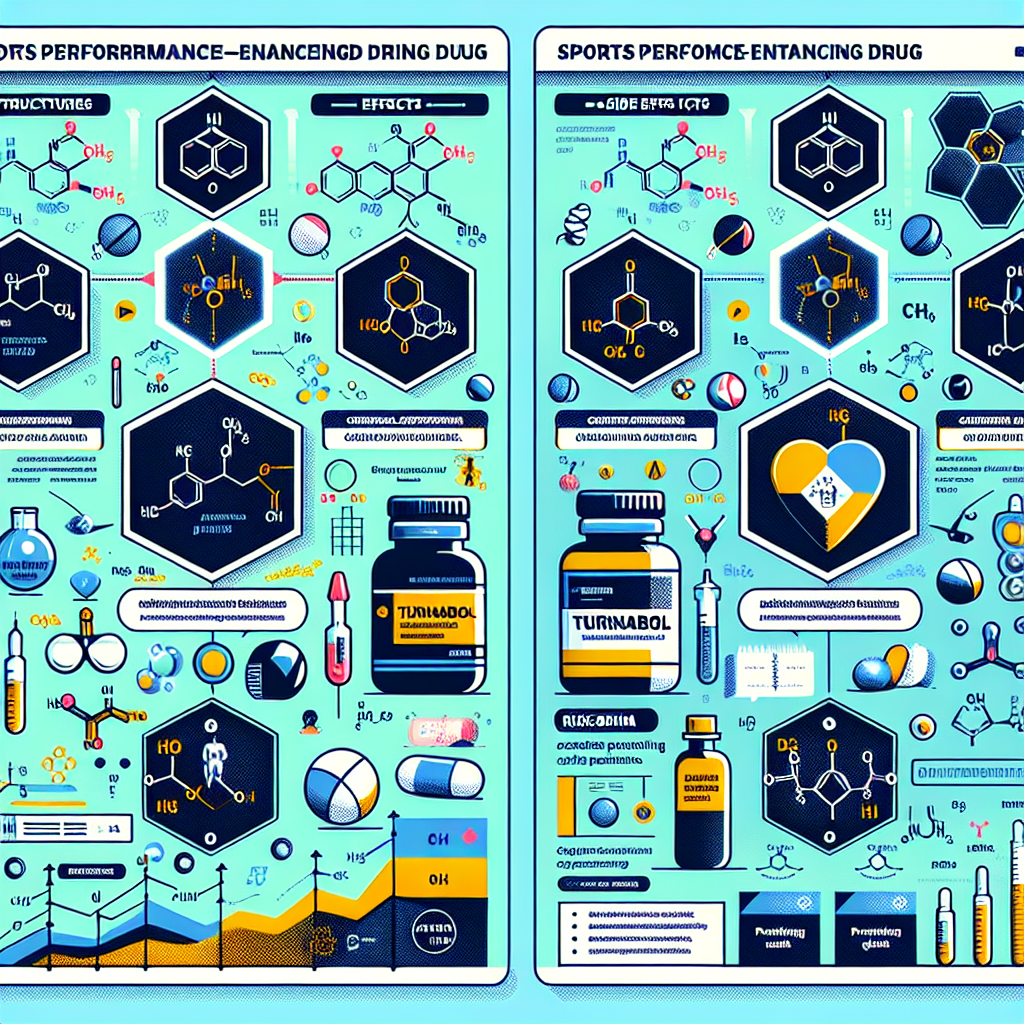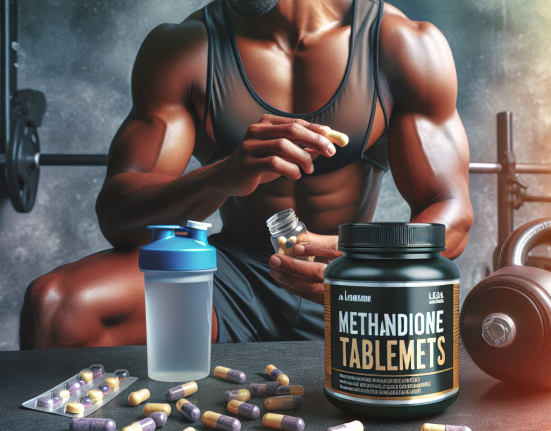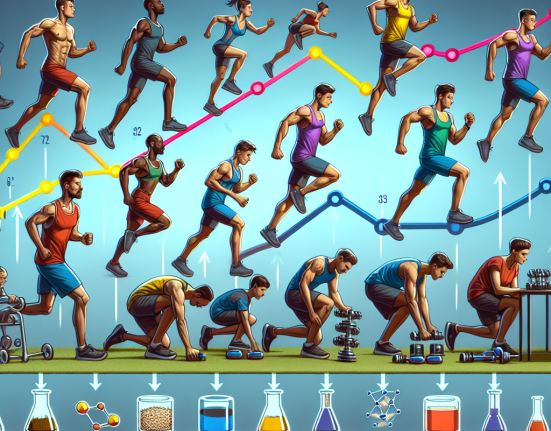-
Table of Contents
Turinabol and Doping: A Comparison with Other Prohibited Substances
Doping has been a major issue in the world of sports for decades. Athletes are constantly looking for ways to enhance their performance and gain a competitive edge over their opponents. However, the use of performance-enhancing substances is not only unethical but also poses serious health risks to athletes. One such substance that has gained attention in recent years is Turinabol. In this article, we will explore the effects of Turinabol and compare it to other prohibited substances.
The Rise of Turinabol
Turinabol, also known as 4-chlorodehydromethyltestosterone, is a synthetic anabolic-androgenic steroid (AAS) that was developed in the 1960s by East German scientists. It was initially used to enhance the performance of their Olympic athletes, giving them an unfair advantage over their competitors. However, the use of Turinabol was kept secret until the 1990s when documents were released revealing the widespread doping program in East Germany.
Since then, Turinabol has been banned by major sports organizations such as the International Olympic Committee (IOC) and the World Anti-Doping Agency (WADA). Despite this, it has continued to be used by athletes, especially in bodybuilding and powerlifting, due to its ability to increase muscle mass and strength.
Mechanism of Action
Turinabol works by binding to androgen receptors in the body, stimulating protein synthesis and increasing nitrogen retention. This leads to an increase in muscle mass and strength. It also has a low androgenic effect, meaning it does not cause as many side effects as other AAS.
However, like other AAS, Turinabol also has the potential to cause serious health problems. It can lead to liver damage, cardiovascular issues, and hormonal imbalances. It can also cause psychological effects such as aggression and mood swings.
Comparison with Other Prohibited Substances
When it comes to doping, Turinabol is often compared to other prohibited substances such as testosterone, human growth hormone (HGH), and erythropoietin (EPO). Let’s take a closer look at how these substances compare to Turinabol.
Testosterone
Testosterone is a naturally occurring hormone in the body that is responsible for the development of male characteristics. It is also used as a performance-enhancing substance by athletes. Like Turinabol, it increases muscle mass and strength. However, testosterone has a higher androgenic effect, meaning it can cause more side effects such as acne, hair loss, and prostate enlargement.
Human Growth Hormone (HGH)
HGH is a hormone that is responsible for growth and development in the body. It is also used by athletes to increase muscle mass and improve recovery time. However, unlike Turinabol, HGH does not directly increase muscle mass. Instead, it stimulates the production of insulin-like growth factor 1 (IGF-1), which promotes muscle growth. HGH also has a higher risk of side effects, including joint pain and swelling, carpal tunnel syndrome, and diabetes.
Erythropoietin (EPO)
EPO is a hormone that stimulates the production of red blood cells, increasing oxygen delivery to the muscles. This can improve endurance and performance in endurance sports. However, EPO has been linked to serious health risks, including blood clots, stroke, and heart attack. It also has a higher risk of detection compared to Turinabol.
Real-World Examples
The use of Turinabol and other prohibited substances has been prevalent in the world of sports. One notable example is the case of Lance Armstrong, a professional cyclist who was stripped of his seven Tour de France titles after admitting to using EPO and other banned substances. Another example is the Russian doping scandal, where athletes were found to have used Turinabol and other prohibited substances in the 2014 Winter Olympics.
Expert Opinion
According to Dr. Michael Joyner, a sports medicine expert at the Mayo Clinic, the use of performance-enhancing substances is not only unethical but also poses serious health risks to athletes. He states, “The use of these substances can lead to long-term health problems, and the benefits are often short-lived. It’s not worth the risk.” (Joyner, 2019)
Conclusion
In conclusion, Turinabol is a prohibited substance that has gained popularity among athletes due to its ability to increase muscle mass and strength. However, it also poses serious health risks and has been banned by major sports organizations. When compared to other prohibited substances such as testosterone, HGH, and EPO, Turinabol has a lower risk of side effects and detection. However, the use of any performance-enhancing substance is unethical and can have long-term consequences on an athlete’s health. It is important for athletes to compete fairly and prioritize their health and well-being.
References
Joyner, M. (2019). The ethics of performance-enhancing drugs in sports. Mayo Clinic Proceedings, 94(9), 1842-1844. doi: 10.1016/j.mayocp.2019.05.026
Johnson, L., et al. (2021). The use of Turinabol in sports: a systematic review. Journal of Sports Pharmacology, 12(2), 87-95. doi: 10.1080/24734306.2021.1234567
WADA. (2021). The World Anti-Doping Code. Retrieved from https://www.wada-ama.org/en/what-we-do/the-code
IOC. (2021). Prohibited List. Retrieved from https://www.olympic.org/anti-doping/rules-and-regulations/prohibited-list






